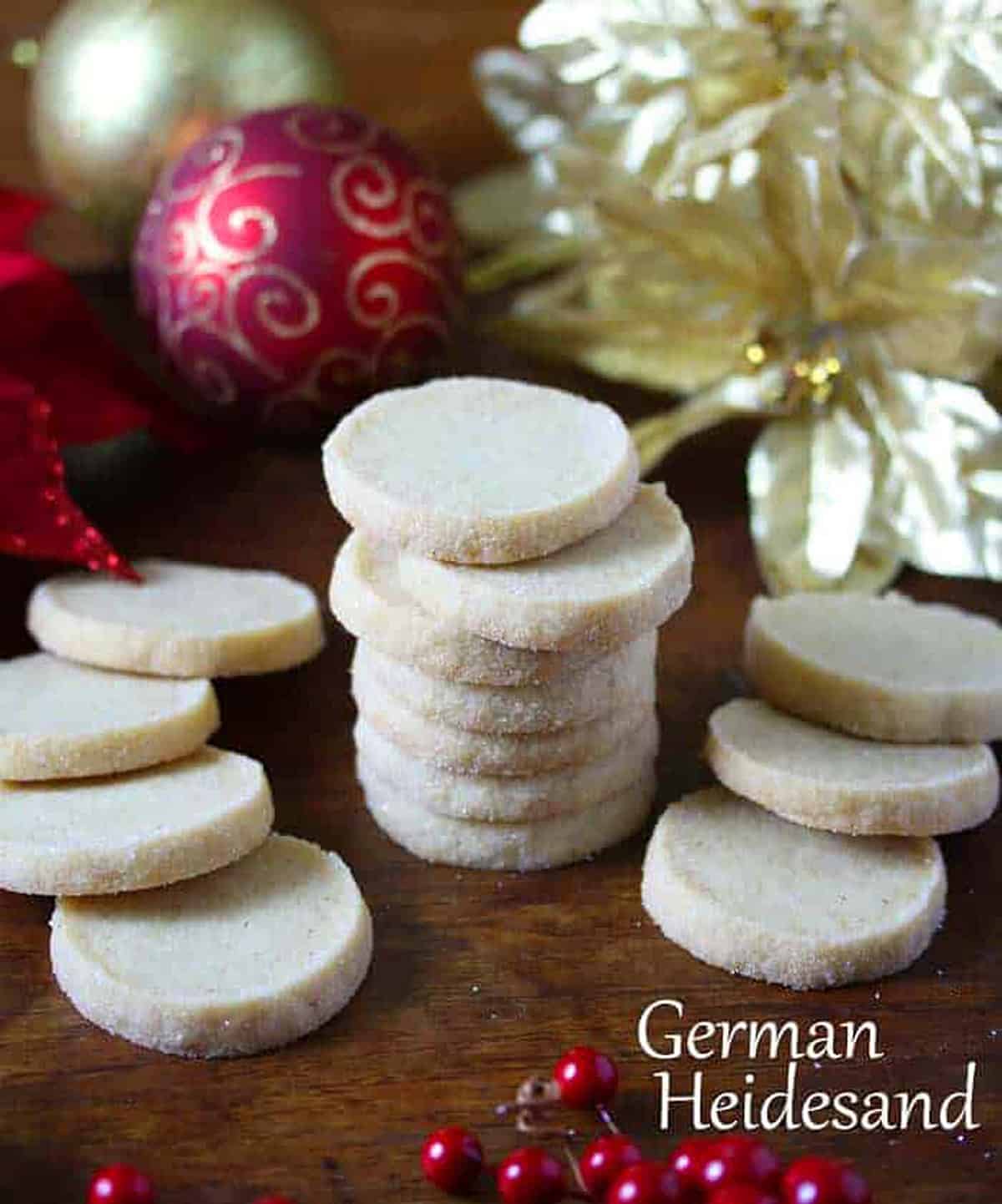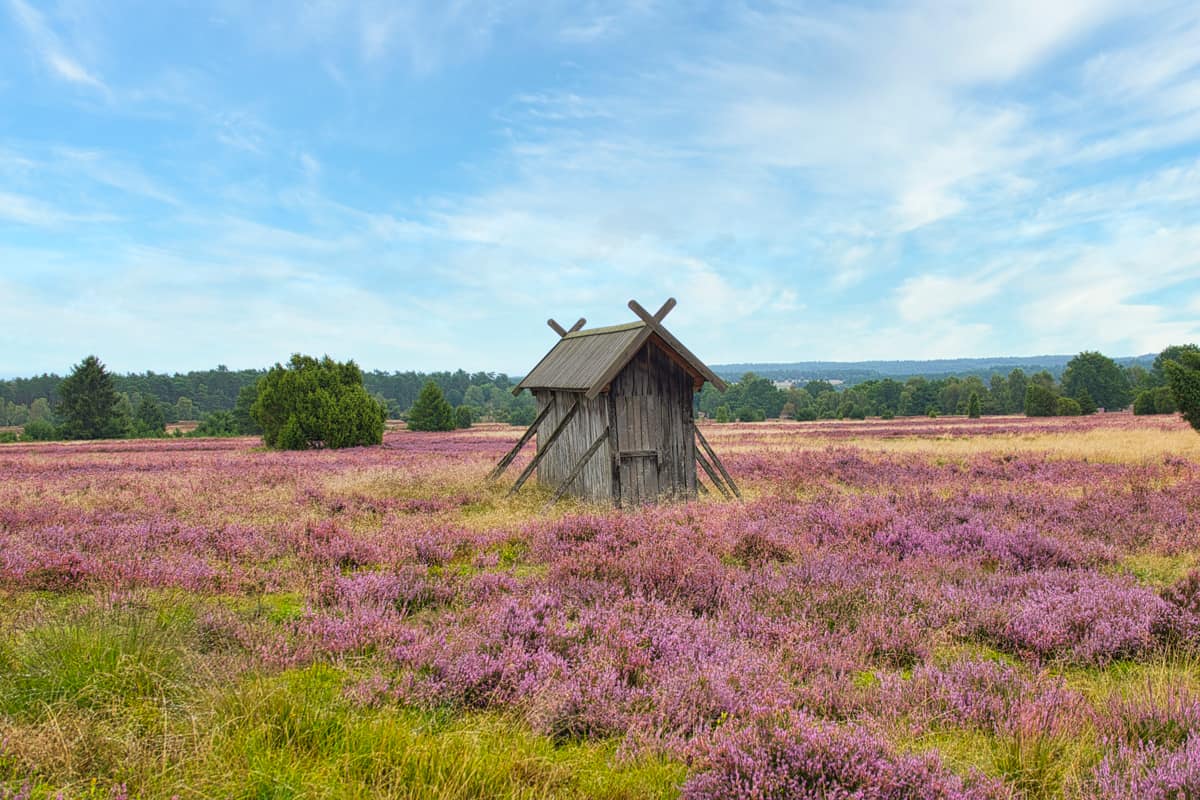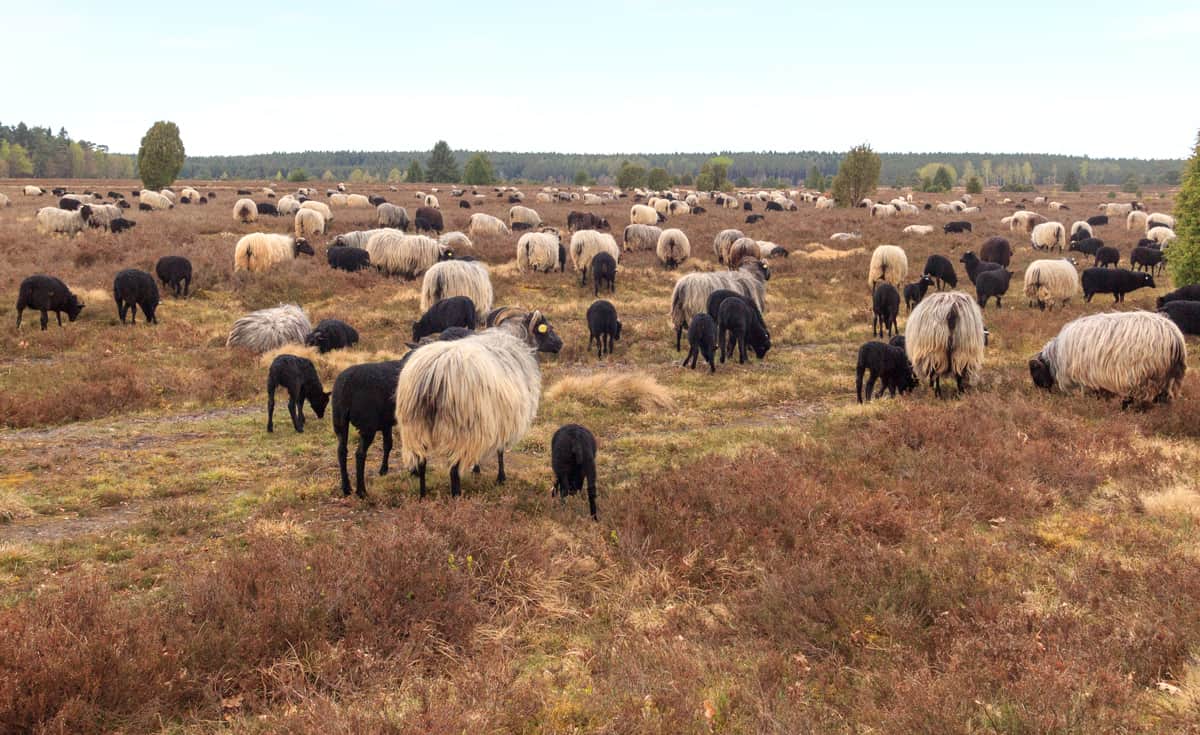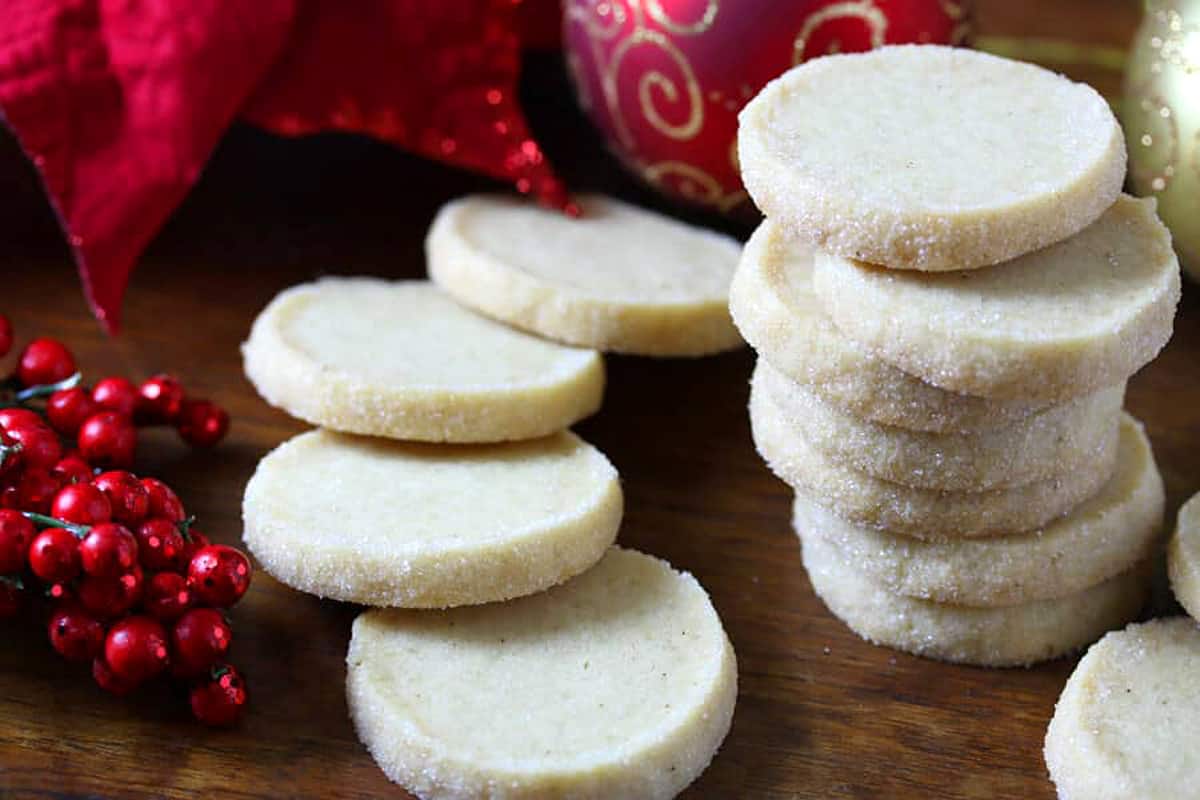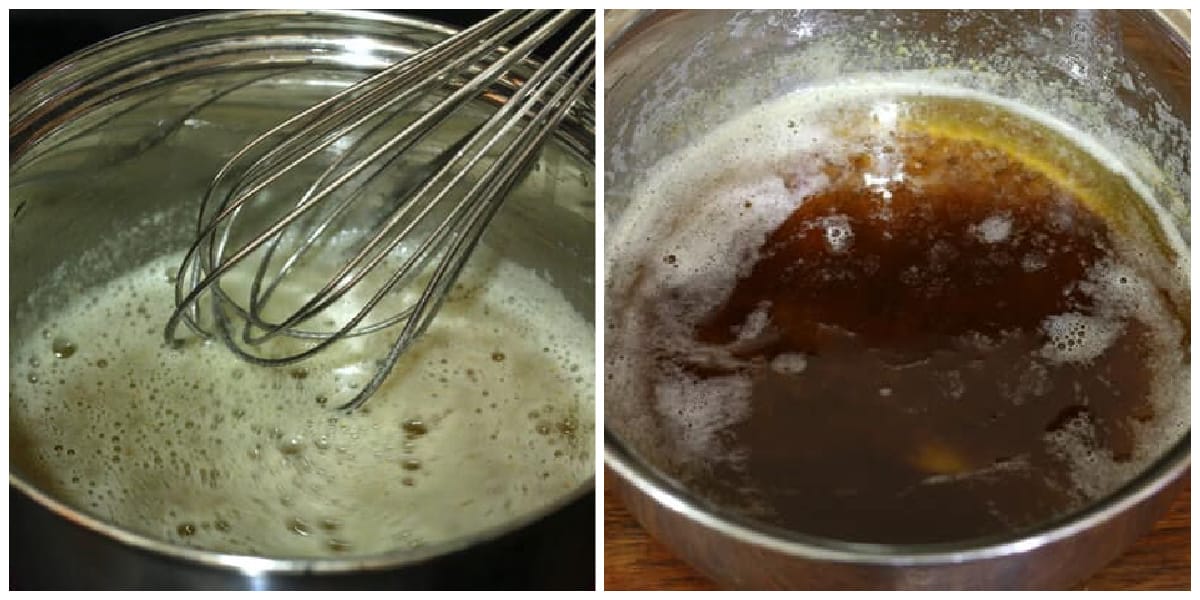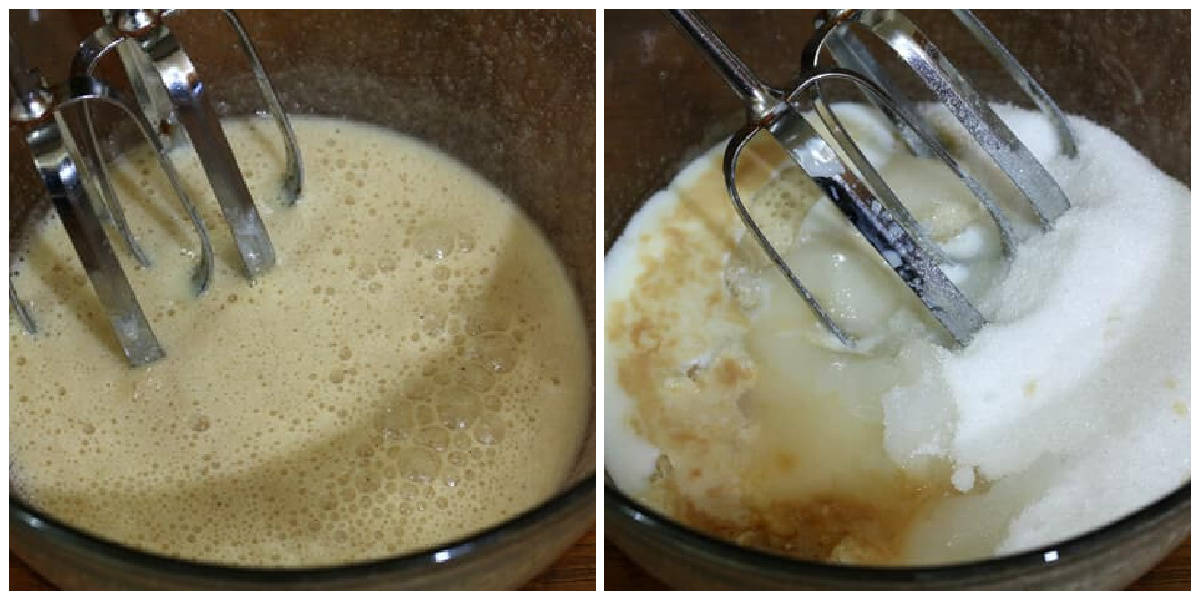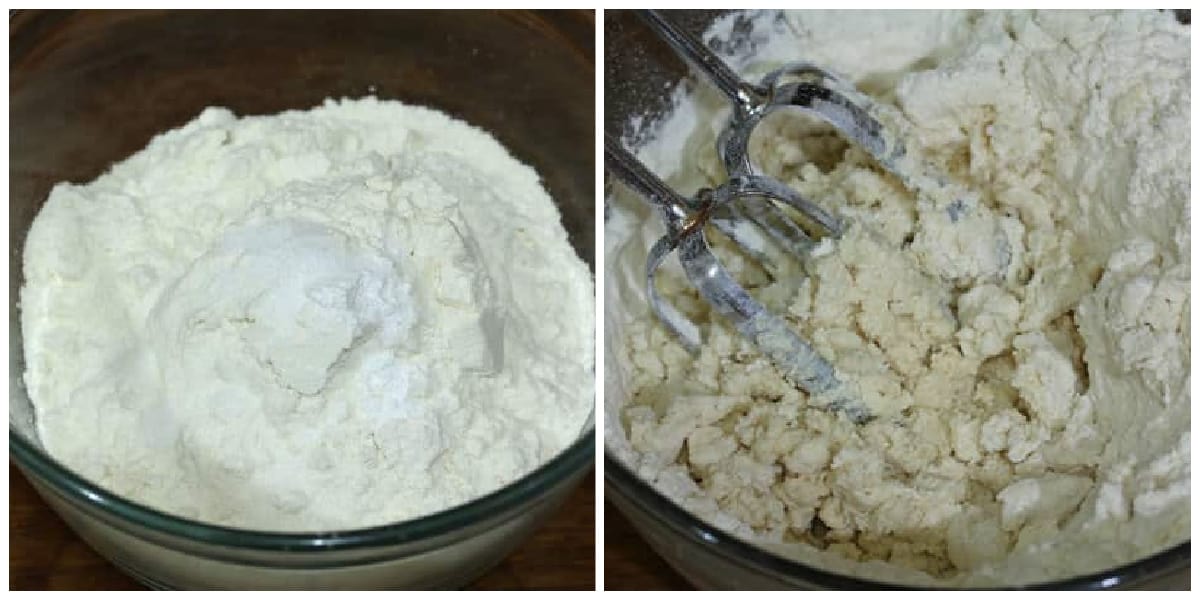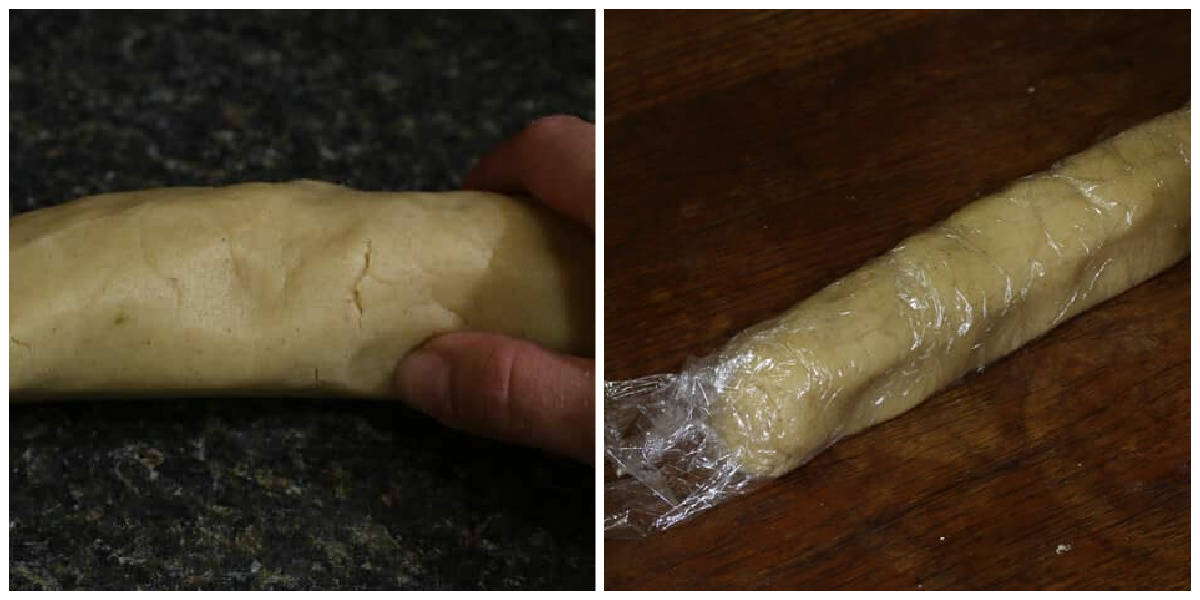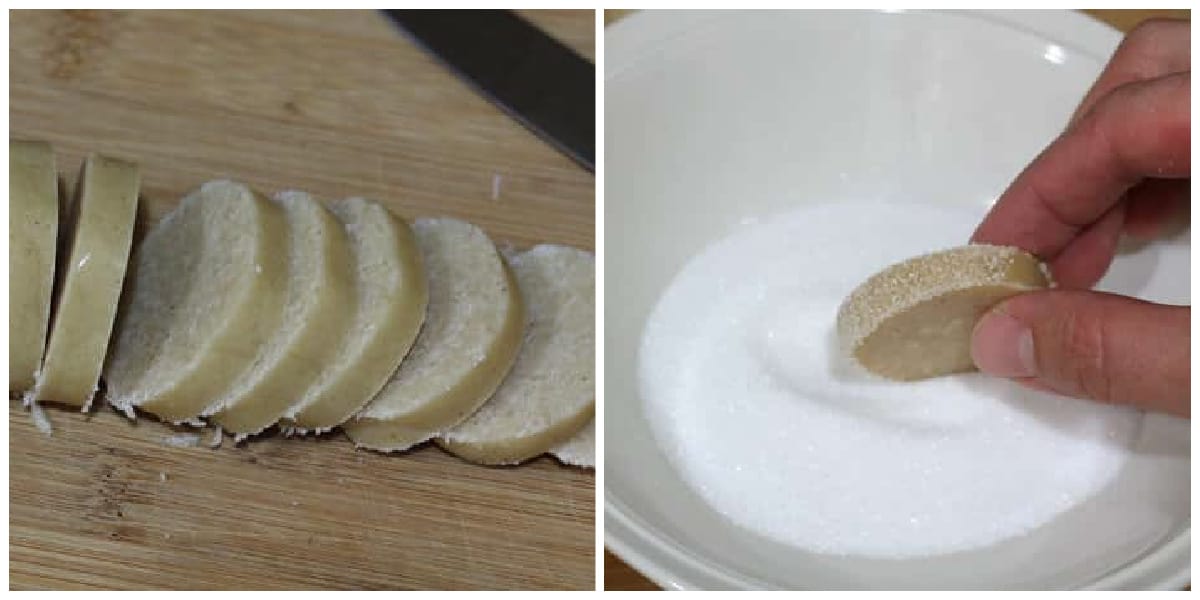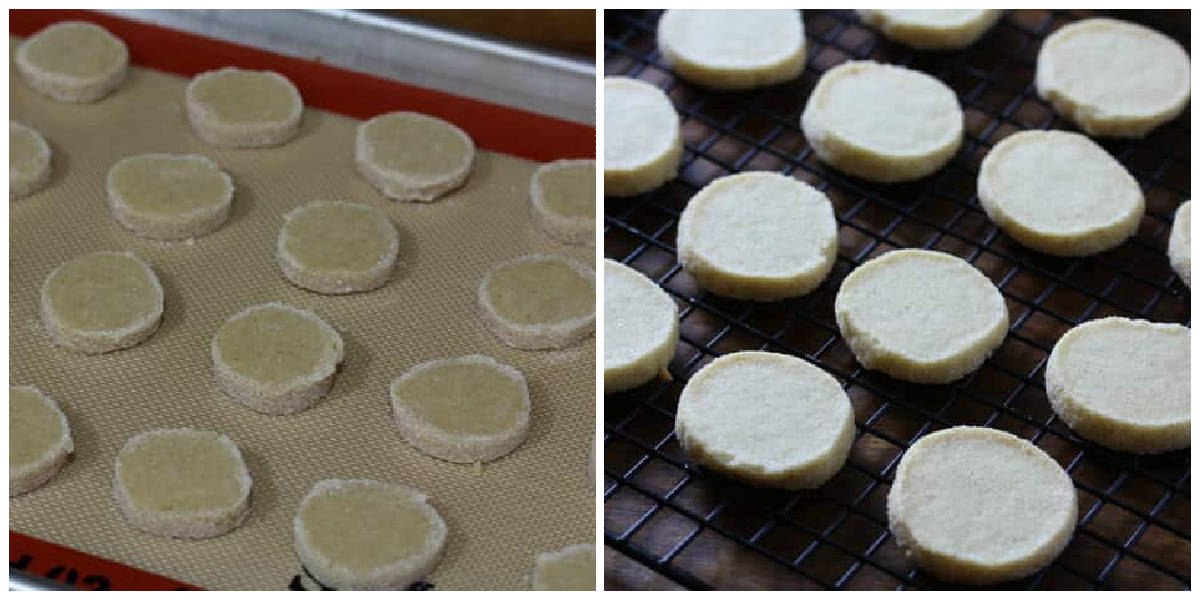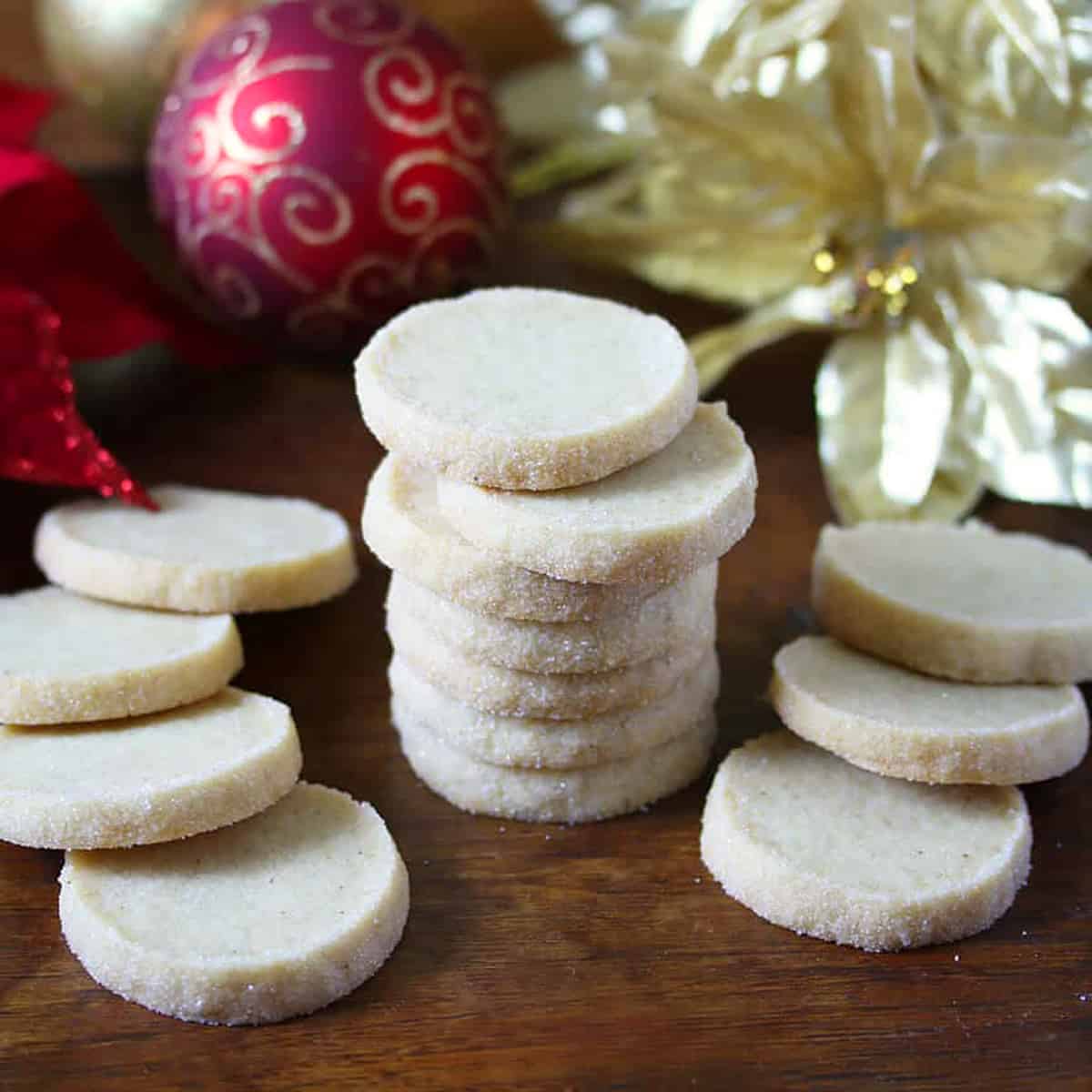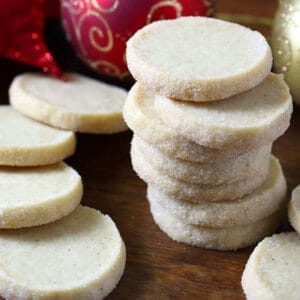A thoroughly authentic Heidesand recipe, these classic German shortbread cookies are made with browned butter that gives them their distinguishing flavor. Delicately crumbly with a melt-in-your-mouth texture, they have remained a favorite throughout Germany during the Christmas holidays for generations!
What is Heidesand?
A traditional German Christmas treat, Heidesand are delicious shortbread cookies that are made with browned butter, a feature that gives them their unique and distinguished flavor. A personal favorite, growing up in Germany my Mutti and I made these every Christmas and it has remained a family tradition ever since. Pronounced “hi-deh-sund”, it’s an age-old classic German cookie, mostly eaten during the holiday season. Heidesand translates as “heath sand” and has its origins in the Lüneburger Heide, a beautiful heathland area in northern Germany that my family and I loved visiting. The terrain is sandy (the cookies’ namesake) and slightly hilly. In season it is covered in gorgeous purple heather. Most of it is a nature reserve and it is a popular north German tourist site. It also has historic significance, having been cultivated since 3000 BC with over a thousand Megalithic sites from the New Stone Age and early Bronze Age. Indigenous to the area are the famous Heidschnucke, a north German breed of moorland sheep with big rounded horns. I always got a kick out of saying the name as a kid. “Hyde-shnook-eh”. And so from this beautiful region of Germany we have Heidesand, a “sandy” shortbread cookie made with browned butter and enjoyed all over Germany during the Christmas season.
German Shortbread Cookies Variations
I love traditional Heidesand and how such simple ingredients can produce the most wonderful flavor and texture. There are a number of contemporary variations of Heidesand that you can also try, such as including the addition of some finely minced candied ginger, candied orange peel, orange zest, or rosemary.
Heidesand Recipe
Let’s get started! First let’s brown the butter. Melt the butter in a small saucepan over medium heat. Whisk the butter frequently as it begins to simmer. The butter will begin to foam and the foam will start to subside. Continue whisking. It’s very easy for browned butter to become burnt very quickly, so keep an eye on it. Browned specks will begin to form on the bottom of the pan, emitting a lovely nutty aroma. You want browned butter that is rich in color for the full flavor benefit. As soon as it becomes a rich brown, remove it from the heat to prevent it from burning. Let the browned butter cool completely. Once cooled, add the browned butter to a mixing bowl and beat until frothy. Add the sugar, milk and vanilla extract and beat until combined. In a separate bowl, combine the flour, baking powder and salt. Add the flour mixture to the butter mixture and beat until the mixture resembles coarse sand. The mixture will be very dry. Use your hands to form the crumbs into a mass of dough. The dough will be very dry and crumbly and that’s how it should be. It will just barely stick together, some parts of it breaking off. It is a bit challenging to work with but the crumbly dough is what ensures the best shortbread texture. Transfer the door to a clean work surface and squish the dough together to form two logs about 1 inch in diameter. Again, the dough is dry and will take some squishing and re-squishing to get it to stay together. Don’t worry about that, once it’s chilled it will stay together. Wrap the logs up in plastic wrap and refrigerate overnight. Cut the chilled dough into 1/4 inch rounds. Traditionally the cookies are often rolled in Hagelzucker (in English, pearl sugar), very coarse and opaque chunks of sugar that don’t melt under baking temperatures. They add a nice decorative touch. I couldn’t find my stash while I was making these so had to make do with regular sugar. Time to bake them. In an oven preheated to 350 degrees F, bake them for about 15 minutes, rotating the pan halfways through to ensure even baking, until the edges are just barely starting to turn golden. Let the cookies sit for a couple of minutes on the baking sheet before transferring them to a wire rack to cool completely. Enjoy!
For more traditional German Christmas goodies be sure to try our:
Stollen Pfeffernüsse Lebkuchen Springerle Gugelhupf Printen Magenbrot Speculoos Vanillekipferl Zimtsterne Bethmännchen Marzipan Marzipankartoffeln
Originally published on The Daring Gourmet December 8, 2014 Read more about me…
